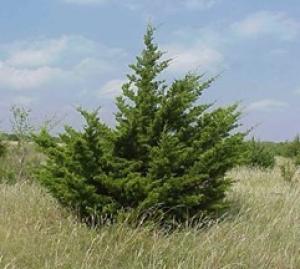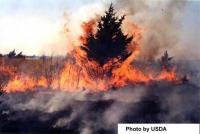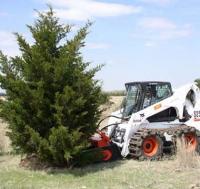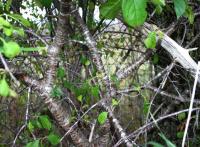Please remember to read and follow herbicide label instructions. For specific recommendations not covered by the label, contact your distributor or manufacturer representative. Please consult with your local USDA Service Center for a more in-depth look at your site’s specific tree removal strategy.
Invasive tree species, if left unaddressed, can spread quickly and be difficult to remove from native prairies. Minnesota has many varieties of invasive woody species, and also some native varieties that have invasive qualities; such as the Eastern red cedar, which spreads across prairies very quickly.
Once established, tree removal becomes more difficult and more expensive. Timing plays a big factor in suppressing the spread of these invasive woody species. Seedlings and trees that are under 2 inches in diameter can be controlled by fire, mechanical, or chemical means. Trees larger than 3 inches in diameter can be removed by chemical or mechanical means. Mechanical removal becomes the most viable option at this size, but it can be the most time consuming and expensive.
Removal Methods
Fire
For small diameter trees or saplings, fire can be an effective removal tool while also reinvigorating native grass growth. Eastern red cedars are very suppressed by fire.
Mechanical
Mechanical removal can be achieved in a variety of ways and is dependent upon the size and scope of the invasive problem. For trees that are too large for fire, front end attachments for tractors or skid steer vehicles can be used to cut trees at the base. Small trees, approximately 1-2 inches in size, can be removed with brush clearing tools.
Chemical
When dealing with buckthorn or other varieties that sprout from the stump when cut, chemical control is also necessary to combat regrowth. Buckthorn will come back if left untreated at the stump. Common herbicides used for tree removal are: glyphosate or triclopyr.





